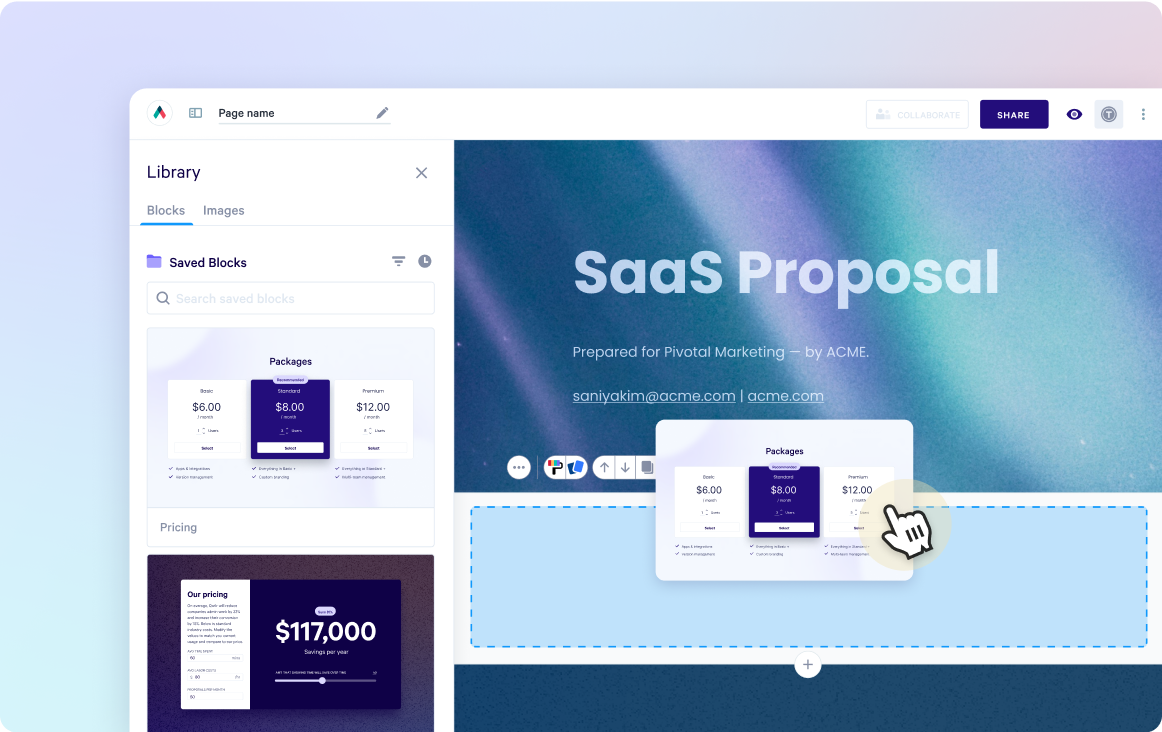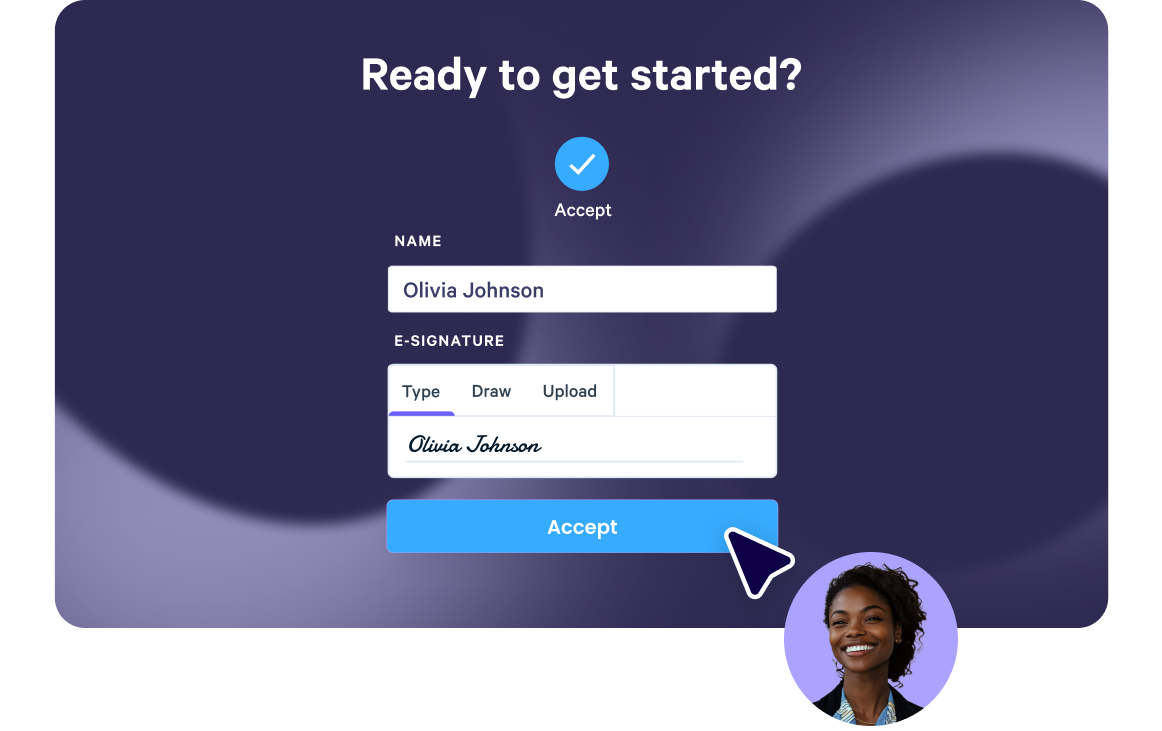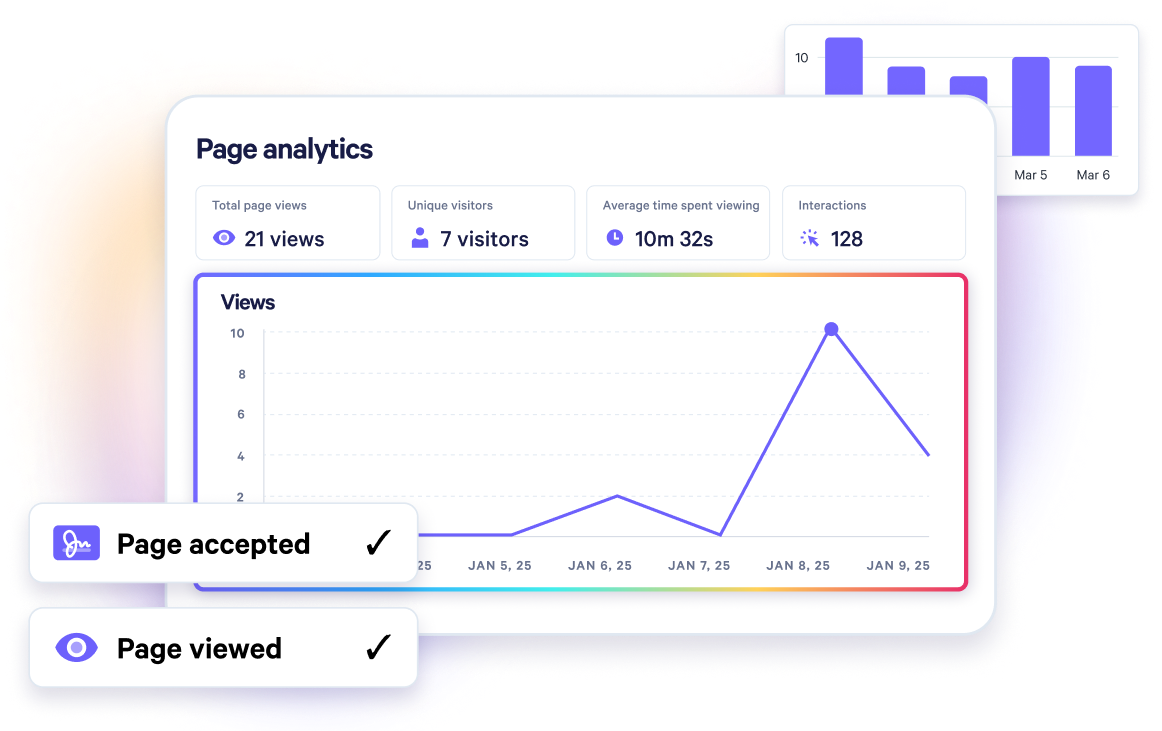SPIN Selling Template
Master the art of selling by employing Spin Selling techniques – design a persuasive, structured, and compelling pitch based on this proven sales methodology.

About this template
Enhance your sales team's questioning techniques with our interactive SPIN Selling Template. Designed to facilitate active listening and uncover prospects' needs, this template simplifies the SPIN sales methodology and empowers reps to build stronger relationships with prospects.
What's included?
- Overview
- Executive summary
- Mutual action plan
- Procurement & security criteria
- How we help
- What makes us different
- Your savings
- Testimonials
Why Qwilr?
Design interactive proposals
Impress buyers with interactive proposals that stand out. Qwilr’s drag-and-drop editor makes it easy to create on-brand, stunning collateral — no design skills needed. Add videos, dynamic pricing, and ROI calculators to deliver a unique experience, while automated brand customizations ensure every proposal looks professional.

Built-in e-sign functionality
Combine stunning proposals, plain-text agreements, and secure e-signatures in one tool. Add print-friendly agreements alongside dynamic content and collect legally compliant e-signatures with ease. Track progress, capture multiple signatures, and close deals faster with Qwilr’s integrated e-sign functionality.

Real-time proposal analytics
Qwilr’s analytics provide full visibility into buyer engagement. Track when proposals are opened, signed, or shared, and get instant notifications for key buyer activities. See what buyers click on, how they engage, and prioritize follow-ups based on real-time insights—all designed to help close deals faster.

Templates for every use case
Explore templates for sales, marketing, customer success, sales enablement and more.
Explore sales process templatesFrequently asked questions
The SPIN Selling methodology involves four easy-to-follow steps: situation, problem, implication, and need payoff. Simply put, this age-old sales methodology has been designed to get sales teams to ask the right questions in the right order, before eventually aligning a prospect’s needs with your products and services. This methodology ultimately shifts the focus on the prospect’s concerns, helping sales representatives develop sincere relationships with their prospective clients.
There are four types of Questions, one for each step of the methodology, including Situation, Problem, and Implication, and Need Payoff. Here are examples of questions your sales representatives can ask prospective clients to help them get started.
‘Situation’ Questions:
- What is your role at the company?
- How important is this to your business?
- Who’s responsible for resolving this?
- How much budget do you have allotted for this?
‘Problem’ Questions:
- Who realistically would need to be involved on your end to help implement a solution?
- How much is this problem currently costing your business?
- Are you satisfied with your current process?
- How long will it take to resolve this issue?
‘Implication’ Questions:
- Is this problem negatively impacting your KPIs?
- How is this problem affecting your team morale?
- When was the last time you had this problem?
- If you didn’t experience this problem, would it be easier to achieve your company level objectives?
‘Need Payoff’ Questions:
- Would it help if we assisted with this problem?
- Would that be valuable to your team?
- What makes this solution appealing to you?
- What would be the benefits of solving this problem?
Typically, there are four stages involved in any SPIN sale: Opening, Investigating, Demonstrating Capability, and Obtaining Commitment.
Opening: This step is all about gathering all relevant information by asking carefully calibrated questions. The focus here should be on building trust and credibility with a prospect.
Investigating: Arguably the most important step of SPIN Selling, the investigating stage entails understanding what has frustrated the customer in the past, identifying potential pain points.
Demonstrating Capability: The third step requires sales representatives to present solutions to a prospect’s problems, showcasing product or service features, benefits, and relevant use cases.
Obtaining Commitment: The final step involves getting approval from the customer before proceeding.
SPIN Selling can be extremely effective for closing complex deals entailing extended sales processes, however, certain best practices exist. For one, sales representatives are encouraged to ask open-ended questions to fully understand a prospect’s needs.
Sales teams should also aim to keep the focus on the prospect and their concerns rather than try to dominate conversation. This demonstrates active listening and keeps the conversation going naturally. Finally, familiarizing yourself with the client’s business as much as possible and anticipating their needs in advance is a good way to increase the likelihood of success with SPIN Selling.
The success of SPIN Selling can be measured by four possible outcomes: Advances, Continuation, Orders, and No-Sales.
Advances: An advance is when a prospect is one-step closer to making a purchasing decision.
Continuation: Continuation is an undesirable outcome in SPIN Sellingand is when a prospect hasn’t agreed to next steps.
Order: As the name suggests, an order is when a prospect agrees to purchase your product or service and signs relevant paperwork. No-Sale: The least desirable outcome of the four, a No-Sale is when a prospect outright rejects the sale.
No-Sale: The least desirable outcome of the four, a No-Sale is when a prospect outright rejects the sale.





